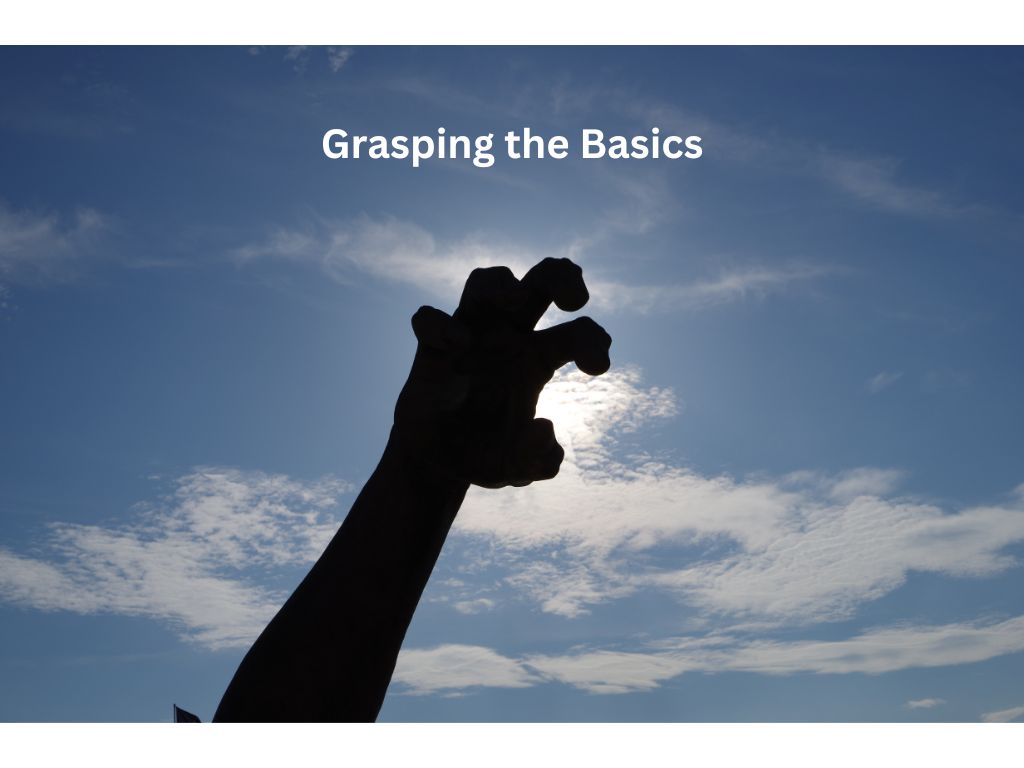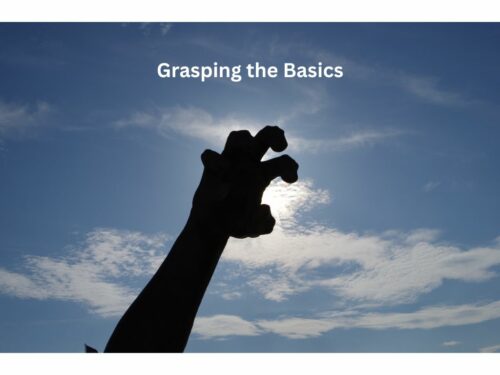Grasping the basics of English grammar is a game-changer for any adult learning English. As an ESL teacher, I’ve seen students’ confidence skyrocket once they get a good hold on grammar. So, whether you’re just starting out or need a refresher, you’re in the right spot.

First off, understanding grammar isn’t just about memorizing rules. It’s about knowing how to put words together to communicate effectively. Think of grammar as the glue that holds your words together. Without it, sentences can fall apart, making it hard for others to understand you.
Let’s kick things off with the parts of speech. These are the building blocks of English grammar. You’ll want to be familiar with nouns, pronouns, verbs, adjectives, adverbs, prepositions, conjunctions, and interjections. Each part of speech has its role, and understanding them will help you put together sentences that make sense.
Now, why should you care about mastering basic grammar? Simple. It’s going to make your life easier. Whether you’re writing an email, chatting with friends, or speaking in a meeting, good grammar makes a big difference. It helps you get your point across clearly and makes conversations smoother.
Ready to dive in? Great! In the next sections, we’ll get into the nitty-gritty of nouns, pronouns, verbs, tenses, and putting sentences together. Each of these pieces is crucial for building your grammar skills and becoming a more effective communicator in English.
Nouns and Pronouns: Building Blocks of Language
Nouns and pronouns are among the first things you need to get comfortable with when learning English. These little words are the backbone of most sentences.

Nouns are names for people, places, things, or ideas. For instance, ‘cat,’ ‘city,’ and ‘happiness’ are all nouns. They help you identify what you’re talking about. Nouns come in different flavors: common (like ‘car,’ ‘dog’), proper (like ‘James,’ ‘Paris’), and abstract (like ‘freedom,’ ‘love’). Understanding these types helps in organizing your thoughts and making your sentences clearer.
Pronouns, on the other hand, replace nouns to avoid repetition and make sentences sound smoother. Words like ‘he,’ ‘she,’ ‘it,’ ‘they,’ and ‘we’ are pronouns. Instead of saying ‘Maria went to Maria’s office because Maria needed to finish Maria’s work,’ you can say ‘Maria went to her office because she needed to finish her work.’ Much easier on the ears, right?
Exercises are a great way to get a handle on nouns and pronouns. Try writing down a couple of sentences and swapping out the nouns with pronouns where it makes sense. See the difference it makes! For example, you could write ‘The manager called the manager’s team for a meeting,’ then replace with ‘The manager called her team for a meeting.’
Getting these basics down solid will set you up nicely for more complex grammar topics. In the next section, we’re going to jump into verbs and tenses, which are equally exciting and essential for forming clear, correct sentences.
Verbs and Tenses: Expressing Actions and Time
Verbs are the engines of sentences, showing actions, states, or occurrences. You’ve got different types of verbs to deal with, like action verbs (run, eat), linking verbs (am, is, are), and auxiliary verbs (can, will, has). Mastering these will make your sentences more dynamic and clear.

Getting a grip on tenses is crucial because they tell you when something happens. English mainly uses three tenses: present, past, and future. The present tense talks about what’s happening now (I eat), the past tense talks about what happened before (I ate), and the future tense talks about what will happen later (I will eat). Each of these has different forms to indicate more specific times, like present continuous (I am eating) or past continuous (I was eating).
One handy way to practice is by creating timelines and plugging in your verbs. For example, map out your day using different tenses: ‘I wake up at 7 AM,’ ‘I had breakfast at 8 AM,’ ‘I will go to work at 9 AM.’ Doing this can clarify how different tenses fit into your daily routine.
Exercises are your best friends here. Try converting simple sentences between tenses. For instance, change ‘She walks to the store’ to past tense (‘She walked to the store’) and then future tense (‘She will walk to the store’). Practicing these shifts will train your brain to recognize and use different tenses naturally.
Next, we’ll talk about constructing simple sentences, where you’ll put together everything you’ve learned so far. Building sentences correctly is where all these grammar bits start to work together, making your communication clear and effective.
Constructing Simple Sentences
Now that you’ve got a handle on nouns, pronouns, verbs, and tenses, it’s time to put them together to form simple sentences. The basic structure you’ll need to remember is subject, verb, and object: ‘I (subject) eat (verb) apples (object).’ This straightforward pattern will be your go-to for building clear and effective sentences.

Combining nouns, pronouns, and verbs smoothly into a sentence can seem tricky at first, but sticking to the basics makes it much easier. For instance, instead of saying ‘Sarah (noun) loves Sarah’s (noun) cat,’ you can simplify it to ‘She (pronoun) loves her (pronoun) cat.’ This avoids needless repetition and creates a more natural flow.
Understanding common sentence patterns can be really helpful. Besides the subject-verb-object structure, there are patterns like subject-verb-adjective (‘She is happy’) and subject-verb-adverb (‘He runs quickly’). These patterns will give you more flexibility in how you express yourself.
Practice makes perfect! Try writing a few sentences using different patterns and then mix them up. For example, ‘The dog barks loudly’ can switch to ‘Loudly, the dog barks.’ Playing around with sentence structure helps you see the different ways words can fit together, enhancing your overall grasp of English grammar.
With these tools in your grammar toolkit, you’ll be well on your way to constructing clear and effective sentences. Keep practicing, and soon putting together sentences will come naturally to you.
Leave comments and questions in the space below.


Awesome article!
I love how you break down grammar basics in such a clear, easy-to-understand way. This is perfect for beginners wanting to build a solid foundation in English. The examples and explanations really help bring each concept to life, making it all easier to grasp. Thanks for sharing these super helpful tips!
Hi Randi, thanks for your comments.
KBob